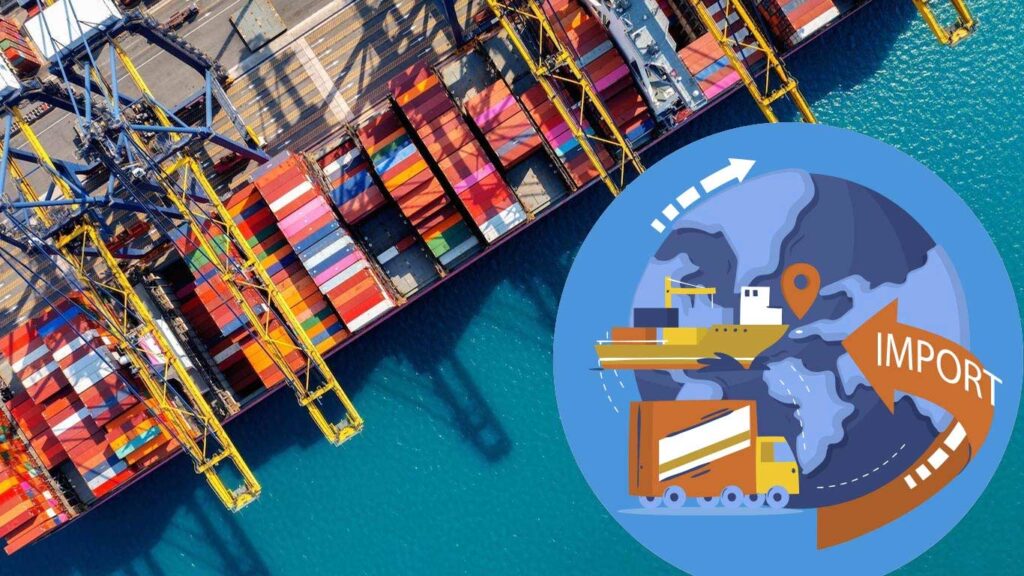New Delhi, May 5 (KNN) The United States has effectively dominated the perception battle with India during ongoing bilateral trade negotiations, according to Ajay Srivastava, Founder, Global Trade Research Initiative (GTRI) and former trade officer.
Srivastava. However, contends that this narrative misrepresents the actual economic relationship.
He maintains that when accounting for the complete economic picture—including arms sales, corporate profits, royalties, technology sector advantages, and educational spending—India pays more dollars to the US than it receives in return.
To illustrate this point, Srivastava provides the example of iPhone production: “For every iPhone sold at around USD 1,000 in the US, Apple earns over USD 450, while India’s share is less than USD 25.
Yet, in trade data, the full value is counted as an export of India, adding to the US trade deficit.”
Official trade figures show that India’s exports to the US increased by 11.6 percent to USD 86.5 billion in 2024-25, while imports rose 7.4 percent to USD 45.3 billion, resulting in a trade surplus of USD 41 billion for India.
This assessment comes as both nations work toward finalizing a bilateral trade agreement, expected by fall 2025.
President Donald Trump, now in his second term, has maintained his position on tariff reciprocity, stating that the United States will match tariffs imposed by other countries to ensure what he terms “fair trade.”
The administration has temporarily suspended these tariffs for 90 days while negotiations with several countries, including India, proceed.
President Trump has repeatedly characterized India as a “tariff king,” criticizing the country for imposing high import duties and non-tariff barriers.
“The United States has succeeded in painting India’s tariffs and rules as the reason for the US trade deficit, hence demanding that India buy more American goods, oil, and weapons and dilute regulations restricting India business of Google, Meta, Amazon, Walmart, Tesla and other US firms,” Srivastava argues in his analysis.
The US administration typically imposes reciprocal tariffs on countries with which it maintains significant trade deficits.
Srivastava notes that Indian officials appear to have acquiesced to US pressure, encouraging companies to reduce imports from China and increase purchases from the United States. “Instead of challenging the US narrative, Indian officials urge companies to cut imports from China and buy more from the US,” he observed.
The GTRI founder cautions that India should proceed carefully in these negotiations.
He advises against committing to a comprehensive free trade agreement under current global conditions, suggesting instead that “a limited, industrial goods-only pact would be a far safer and smarter move for India.”
“India’s unilateral concessions and silence have allowed Washington to dominate the perception battle. This helps them seek more concessions from India in the FTA negotiations,” Srivastava concluded.
(KNN Bureau)
















